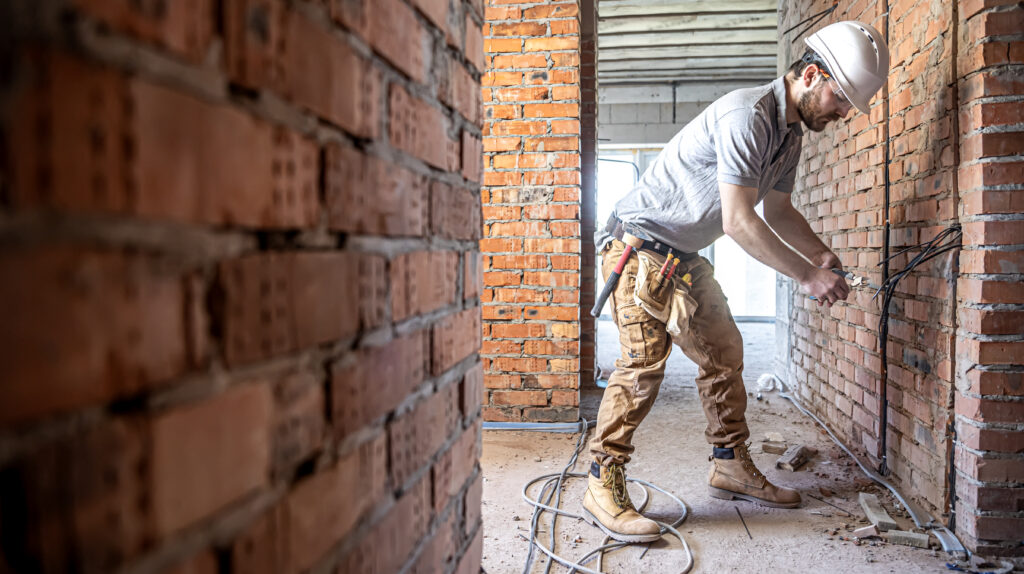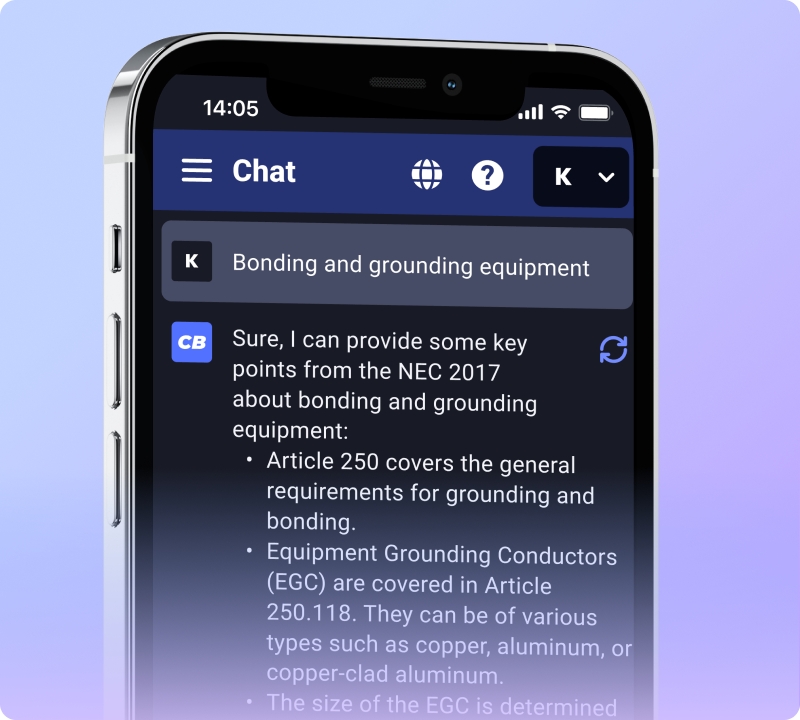Running electrical wire in an unfinished basement can be a straightforward task for electrical business owners, project managers, engineers, journeymen, master electricians, and apprentices. However, it’s crucial to follow the National Electrical Code (NEC) to ensure safe and effective installations.
Understanding Unfinished Basements
Unfinished basements, often used for storage or as utility spaces, lack the finishing touches of a living area. This setting can provide easier access to joists and beams for wiring but also poses unique challenges.
Safety Precautions
Always disconnect power before starting any electrical work. Ensure proper lighting and clear access to the work area.
NEC Guidelines for Wiring in Unfinished Basements
The NEC provides specific standards for electrical installations, including those in unfinished basements.
Cable Types and Protection
- Use appropriate cable types, such as non-metallic sheathed cable (NM), commonly known as Romex, or armored cable (AC) for added protection.
- Secure cables to framing members with cable staples or straps.
Running Wires Along Joists
- When running wires parallel to joists, secure them to the side of a joist, maintaining a safe distance from the edge.
- If wires cross joists, they should run through drilled holes in the center third of each joist.
Working with Electrical Boxes
- Install junction boxes at every point where a wire splice is made or where wires terminate.
- Ensure boxes are accessible and properly covered.
Practical Tips for Efficiency
- Plan your wiring layout in advance, considering the easiest routes and minimizing obstacles.
- Label circuits for future reference and maintenance ease.
- Keep wire runs neat and organized to facilitate troubleshooting and repairs.
Conclusion
Running electrical wire in an unfinished basement, while seemingly less complex than in finished spaces, requires adherence to safety standards and NEC regulations. By following these guidelines and utilizing Code Buddy, you can ensure your work is efficient, safe, and compliant.


